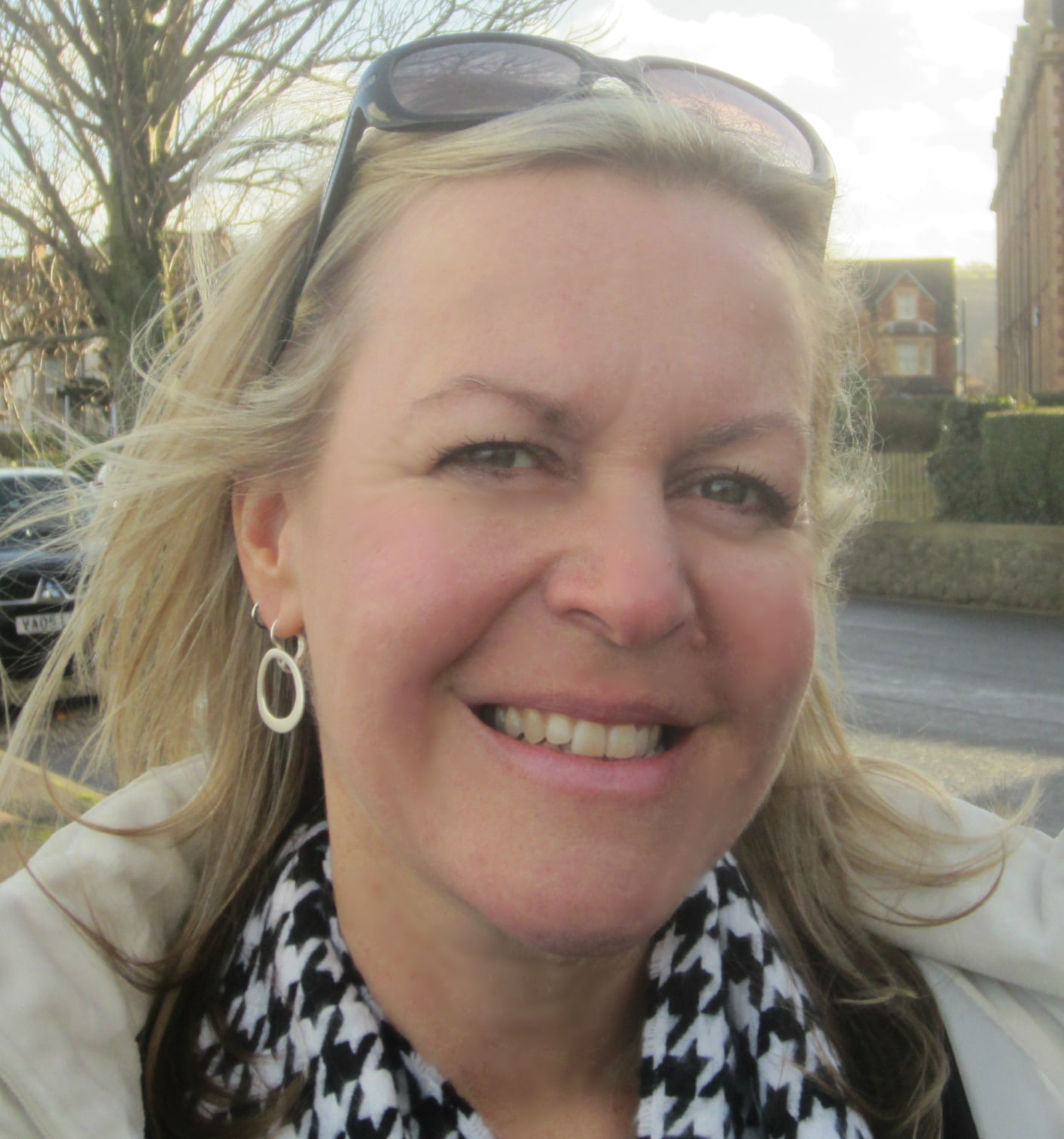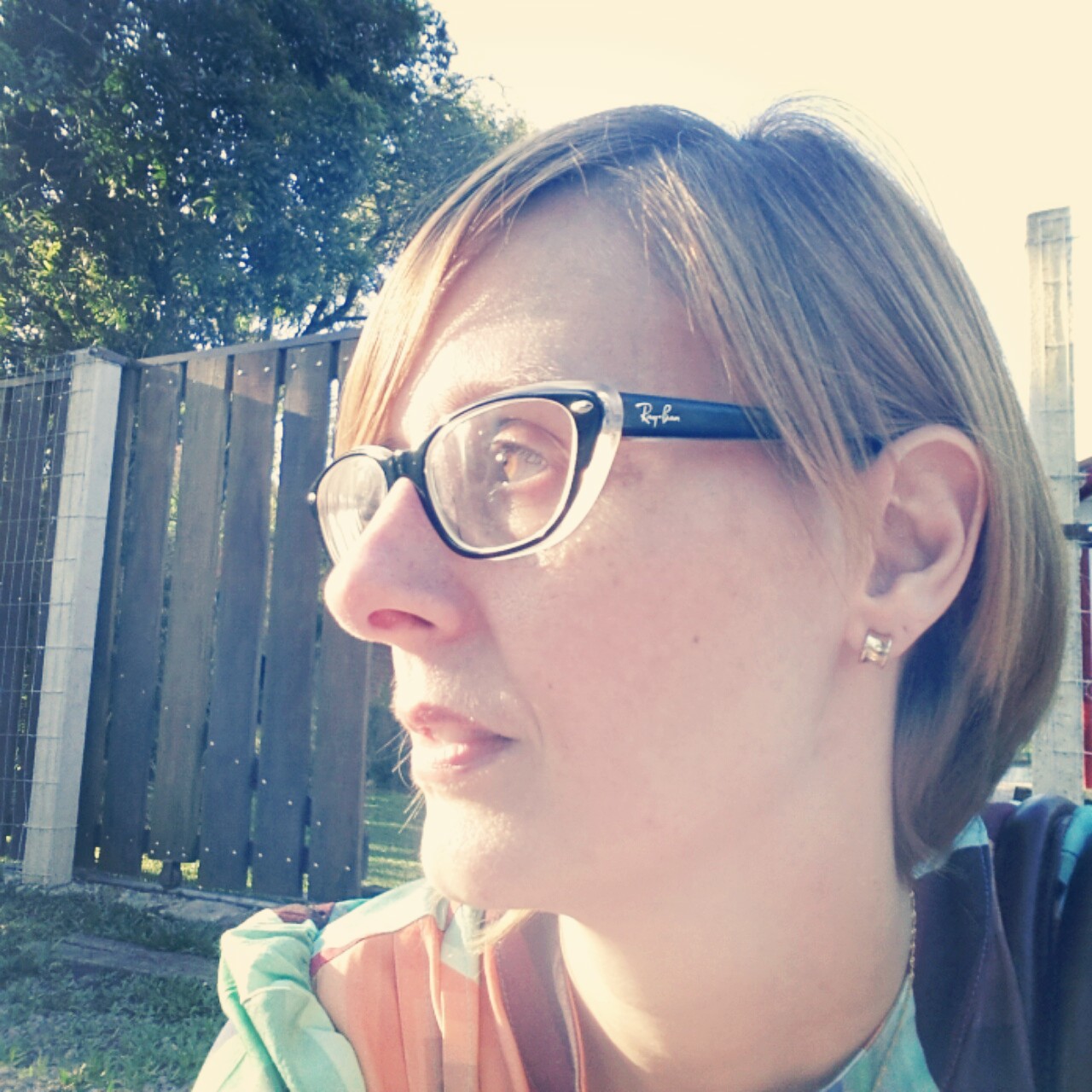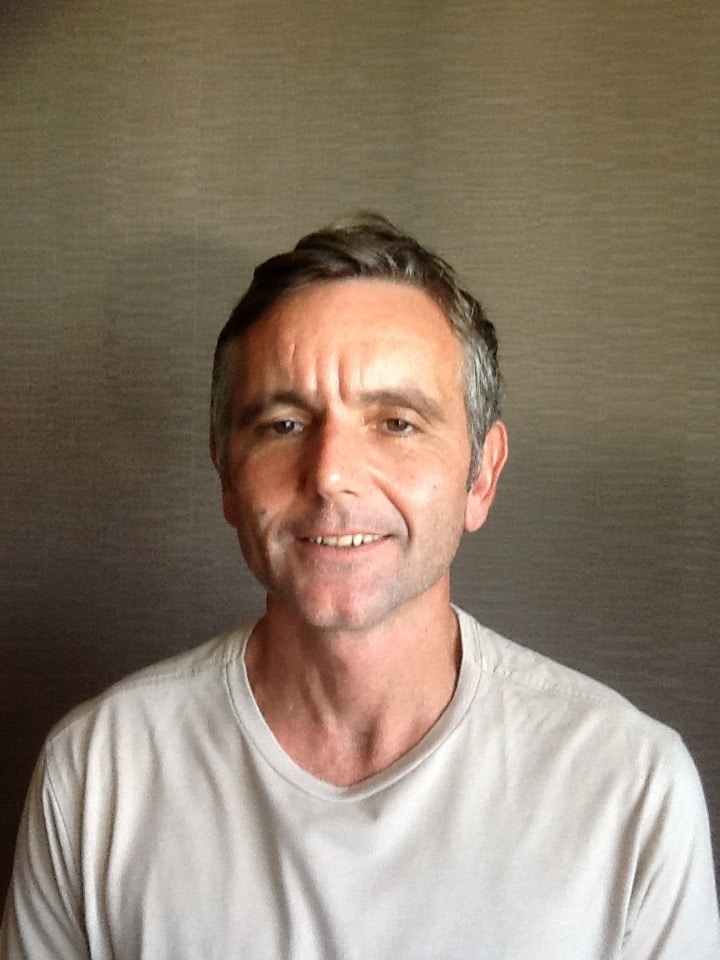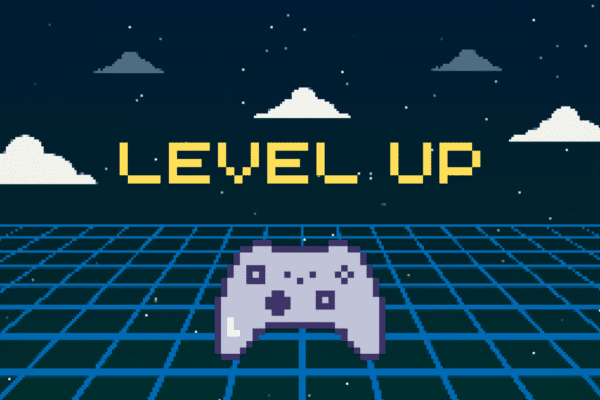Teachers’ Beliefs
Is it December already?!
I’ve just been reading a new book about beliefs in language teaching and learning and, as with any good book, it’s got me thinking. As teachers, how often do we stop to think about what our beliefs are about how we teach and how students learn? In my case, “not very often” is the answer and yet, our beliefs are right there in the activities we choose in class, how we talk to learners and how we respond to learners and their output and contributions. Isn’t it a good idea to try to make the implicit explicit sometimes, with the idea of questioning some of the things we do, some of the patterns and routines we’ve fallen into and perhaps even changing some of them?
Lightbown and Spada (2013) have a photocopiable questionnaire in the introduction to their How Languages are Learned book. There are 18 statements which teachers are asked to consider and agree or disagree with. Here are a few examples or you can see the whole questionnaire here.
Languages are learned mainly through imitation.
The most important predictor of success in SLA is motivation.
Teachers should present grammatical rules one at a time, and learners should practice examples of each one before going on to another.
Students learn what they are taught.
Students can learn both language and academic content simultaneously in classes where the subject matter is taught in their second language.
(Lightbown and Spada, 2013)
As an experienced teacher and/or teacher educator it’s fairly easy to see what beliefs the questionnaire is trying to get at and how this might affect methodology and techniques used in the classroom, but this seems like a good place to start with new or novice teachers and for a questioning of our own teacher beliefs from time to time. This is exactly what Cota (2013) did in a study in Sonora, Mexico, concluding that we are very much shaped by our own learning experiences and, very interestingly, how difficult it is to change what we believe.
So, how and when do teachers change their beliefs? Cota points out in her research that “students needed more theoretical knowledge and teaching experience to take a position” (p 111) on some of the statements, suggesting that these are two of the ways that teachers form their ideas, by combining theory and practice. Cota also found that many of the expressed beliefs during follow-up interviews were strongly influenced by the training the novice teachers had received. She also found that beliefs did not change greatly in one semester, suggesting that change is not fast!
In my own case, here’s an example of a belief that I recognize has changed over time. As a beginner teacher I very much believed that L1 was essential and helpful to learning L2 (based on my own language learning experiences), but during my initial teacher training in the 80s I had this belief ‘changed’ as we were taught to teach foreign languages in the UK in the foreign language, very much influenced by the communicative approach of the time. At the time I thought this was revolutionary, and also self-evident (it seemed to make sense to use the FL only to teach the FL), but with time and experience (and perhaps trends in teaching?) I have found myself returning to a belief in a stronger role for the mother tongue when learning a foreign language.
So, what about you? Where do your beliefs come from? Do they change? Have they changed? What causes them to change?
References
Cota, S (2013) Developing beliefs and teaching skills through the social service practice: A case study in Beliefs about language teaching and learning by E Ruiz Esparza Barajas and ED Castillo Zaragoza (Eds) Pearson
Lightbown, P and Spada N (2013) How languages are learned Fourth Edition Oxford University Press






